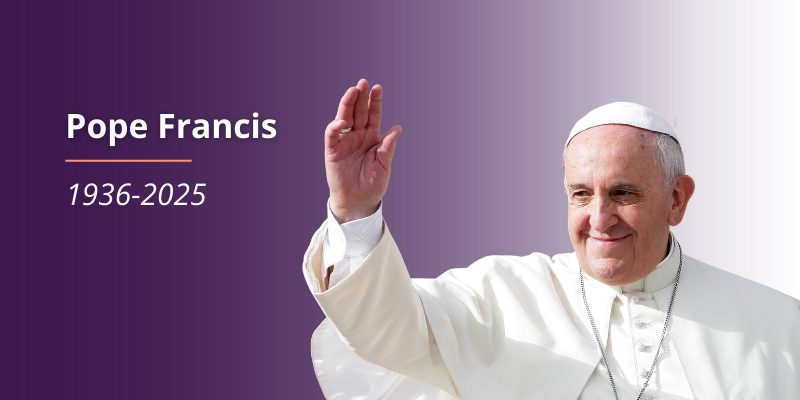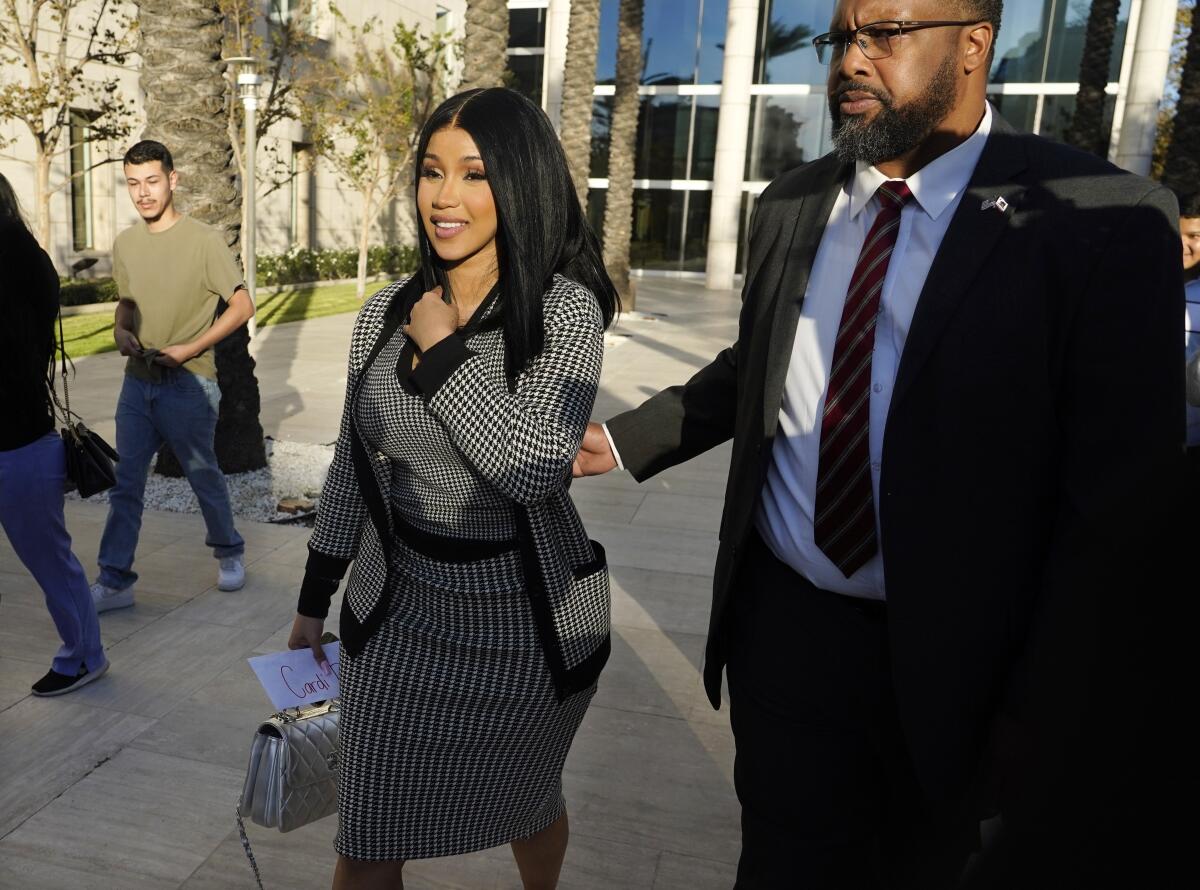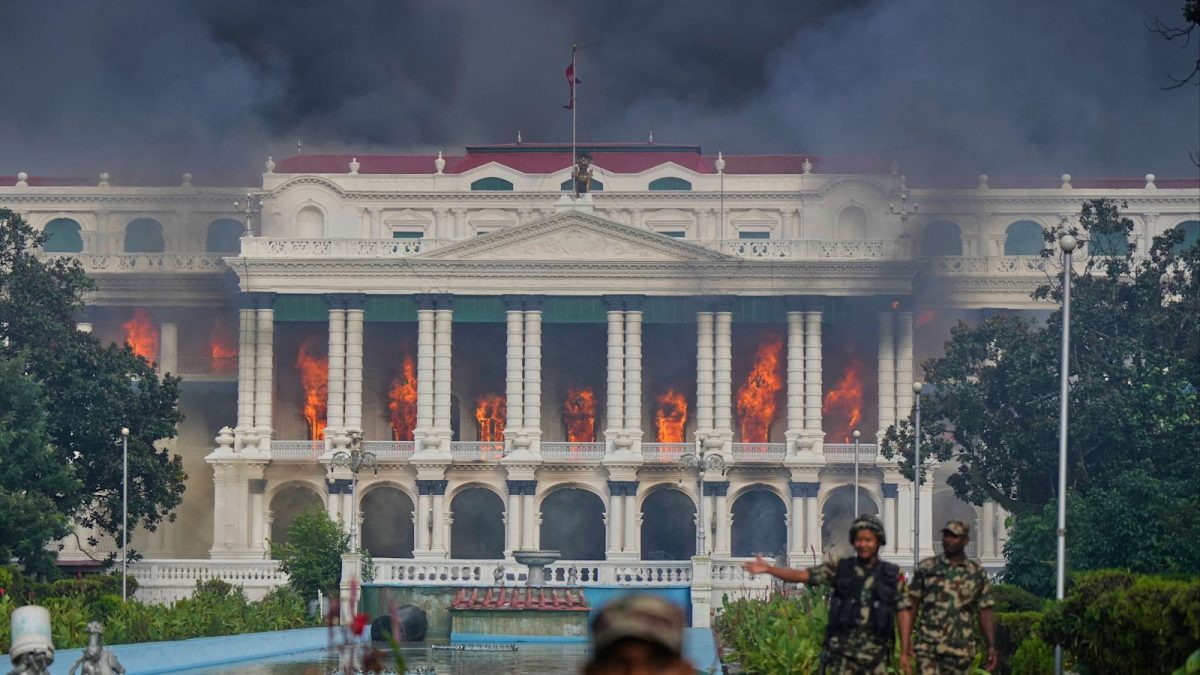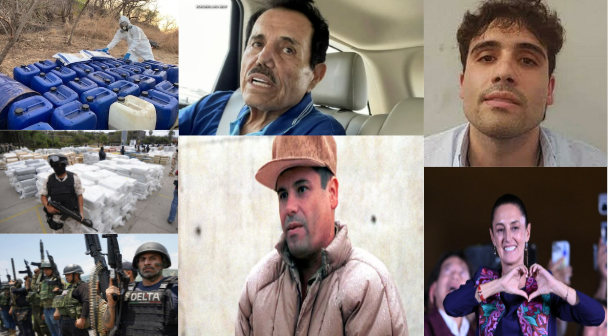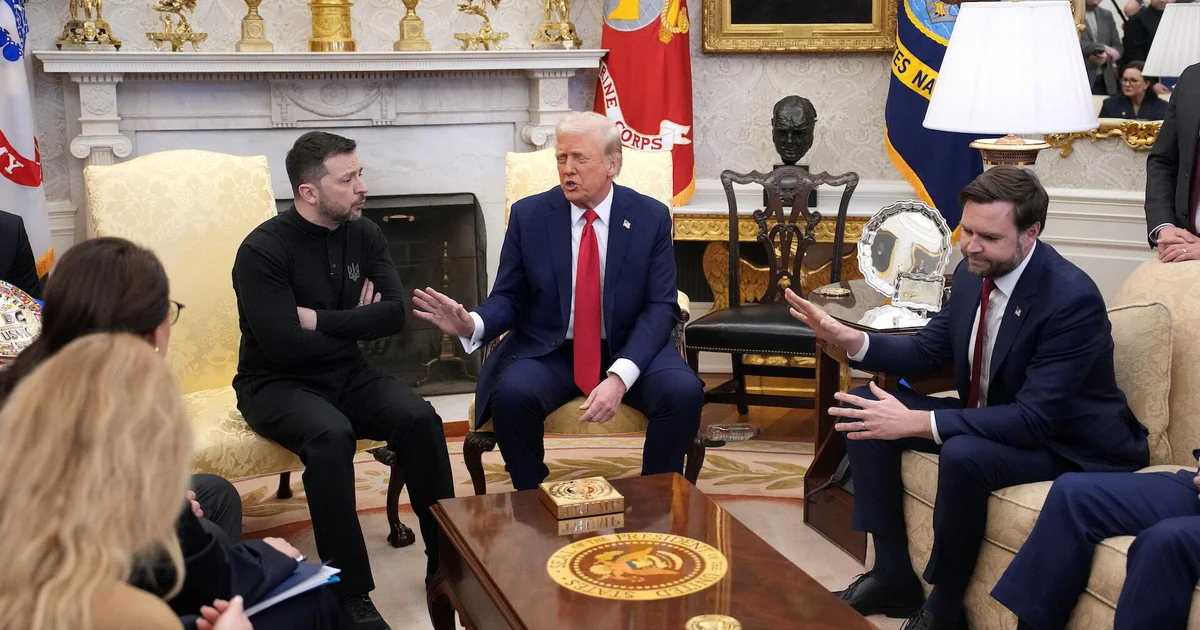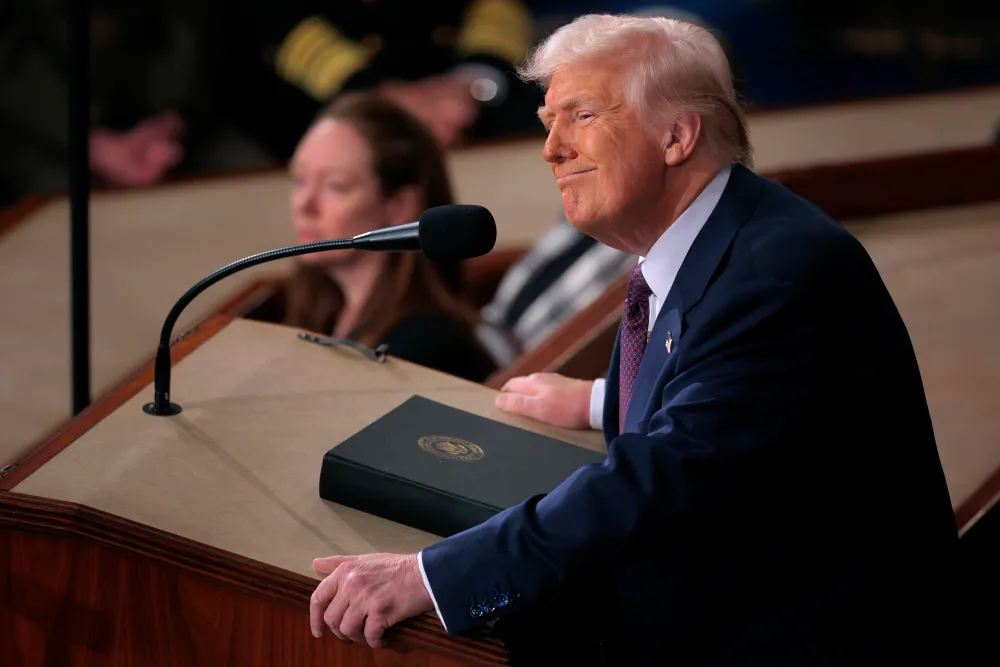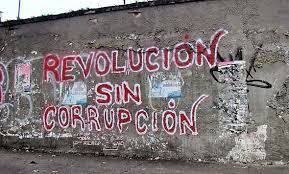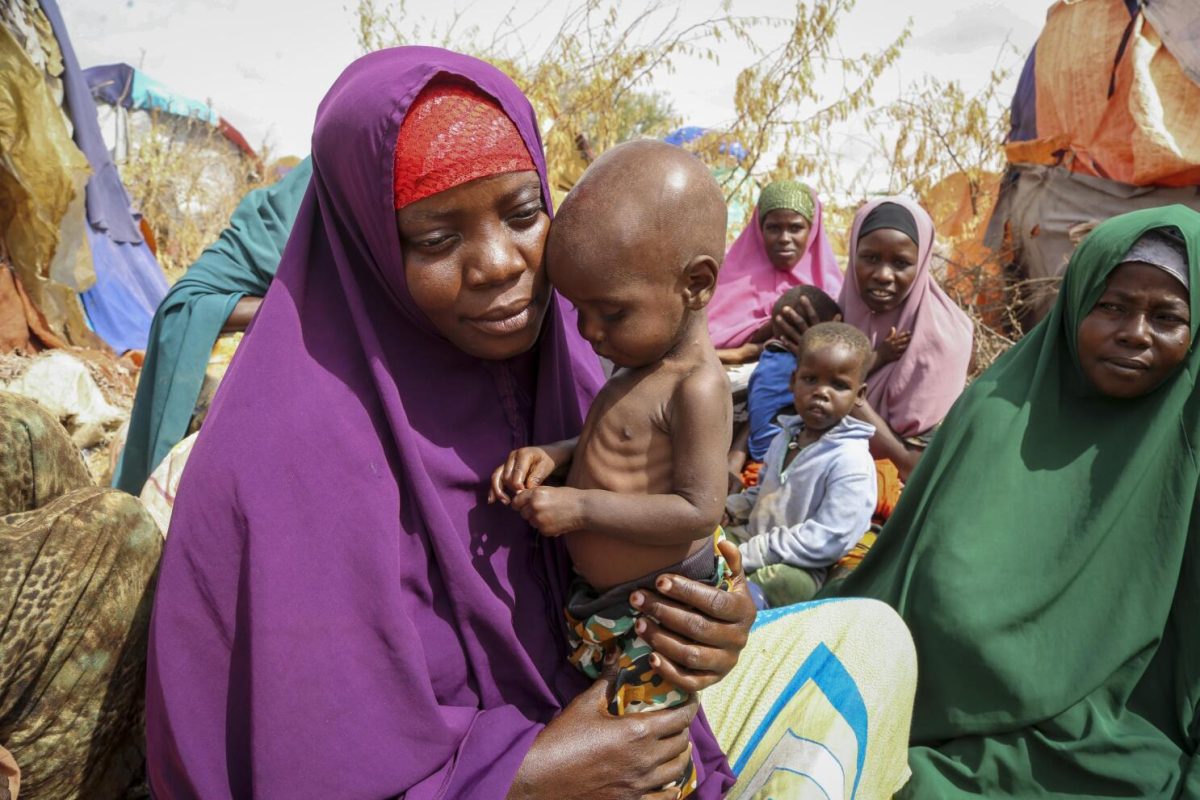The Catholic world was shaken on Monday as Pope Francis, leader of the Catholic Church, was pronounced dead at 7:35 A.M. This tragedy occurred the day after the Easter holiday. The Vatican reported to have found him in his passing state at his residence at Casa Santa Marta as a result of a cerebral stroke, coma, and subsequent irreversible heart failure.
Before his passing, Pope Francis was last seen on the Sunday of Easter giving his traditional Easter blessing from the balcony of St. Peter’s.
CBS News chief medical correspondent Dr. Jon LaPook reported, “The bottom line is that he had all these underlying conditions. He had a stroke, which is when you have too little blood supply to the brain. That can cause death in several ways, including shutting down the ability— the centers in the brain that allow you to breathe normally, and even the centers that allow the heart to work correctly.”
Pope Francis led the Catholic Church for 12 years, and in his time, he has shaped the trajectory by being the first Latin American 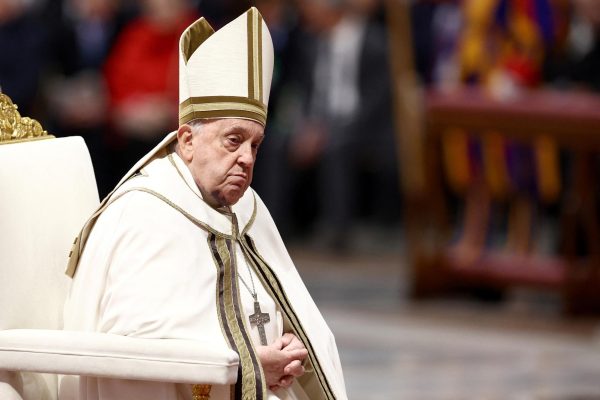 Pope. As well as reshaping the catholic church, where at the start, after visiting Brazil, he gave his first papal news conference, which sparked a bit of controversy, by saying “if a person is gay and seeks God and has goodwill, who am I to judge?”. He then published his first apostolic exhortation, Evangelii Gaudium (The Joy of the Gospel), illustrating how he envisioned approaching evangelization in the modern world. He then created the Pontifical Commission for the Protection of Minors, which protected the dignity of minors and vulnerable adults, such as the victims of sexual abuse. Pope Francis had various plans, emphasizing the church’s mission for environmental causes by publishing the encyclical Laudato Si’, which urged people to care for the environment. Francis was a man who held various views on how to make the world he lived in better for everyone, socially, environmentally, and economically. His various implementations began when he took over from the prior Pope, St. Peter.
Pope. As well as reshaping the catholic church, where at the start, after visiting Brazil, he gave his first papal news conference, which sparked a bit of controversy, by saying “if a person is gay and seeks God and has goodwill, who am I to judge?”. He then published his first apostolic exhortation, Evangelii Gaudium (The Joy of the Gospel), illustrating how he envisioned approaching evangelization in the modern world. He then created the Pontifical Commission for the Protection of Minors, which protected the dignity of minors and vulnerable adults, such as the victims of sexual abuse. Pope Francis had various plans, emphasizing the church’s mission for environmental causes by publishing the encyclical Laudato Si’, which urged people to care for the environment. Francis was a man who held various views on how to make the world he lived in better for everyone, socially, environmentally, and economically. His various implementations began when he took over from the prior Pope, St. Peter.
His funeral took place this Friday, the 26th of April. It continued his rebellious pattern of going against the norm, even in death, by requesting changes to the ceremony and burial before his death, following the passing of the pontiff, and excluding many traditional funeral practices.
On Friday morning, an estimated 250,000 people, including 164 delegates from around the world, were present at Saint Martha House in Vatican City. He is now being entombed at Rome’s Basilica di Santa Maria Maggiore. He was known, loved, and remembered for railing against war, capitalism, and climate change and for his work with the poor and dispossessed.
Next In Line
There has been an open debate about the future of the Catholic Church and who its next successor will be. However, there is no clear timeline for when to choose the next pope or hold the conclave. CNN news stated that the “conclave is going to be crucial for deciding the direction of the Roman Catholic Church, and the field of candidates is wide open thanks to Francis’ reforms, which made the body in charge of the election more representative of the worldwide church.” As well as that, the “Conclave is not
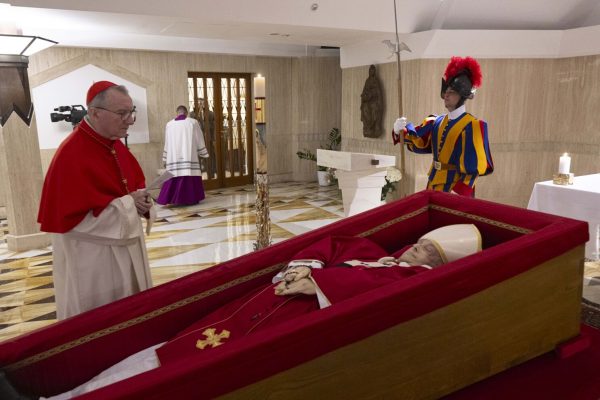
expected to begin earlier than 15 days, nor later than 20 days, after the pope’s death, likely placing it sometime in early May.”
There has been speculation that Cardinal Matteo Zuppi, Cardinal Pietro Parolin, Cardinal Péter Erdő, and Cardinal Luis Antonio Gokim Tagle could be the possible successors.
While the Catholic Church prepares to select its next leader, the world pauses to reflect on the legacy of a pope who championed humility, justice, and compassion above tradition.

